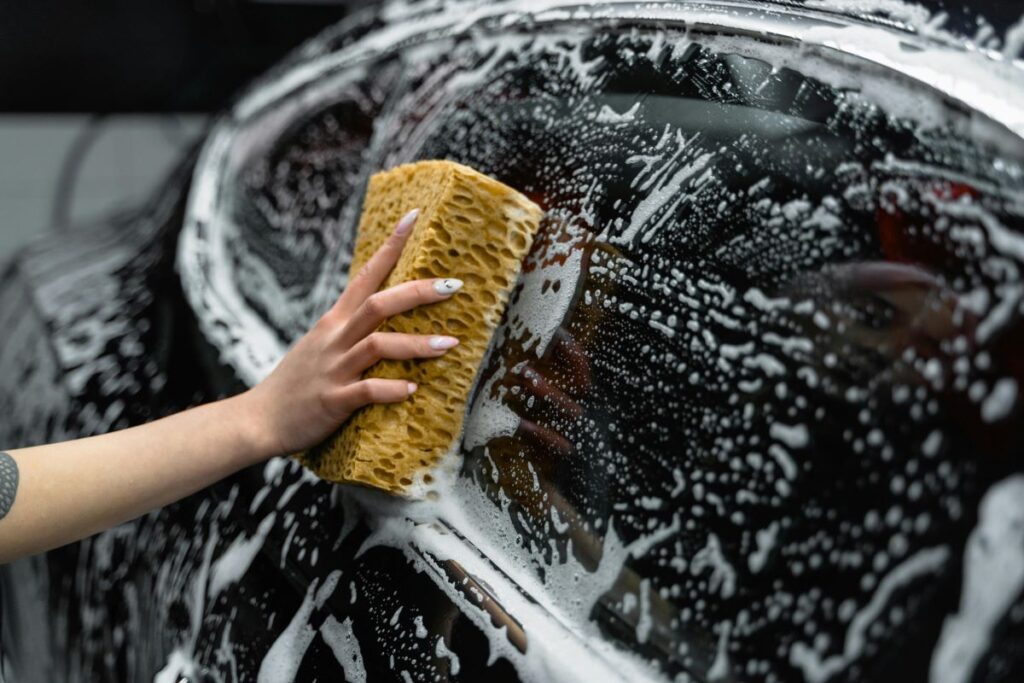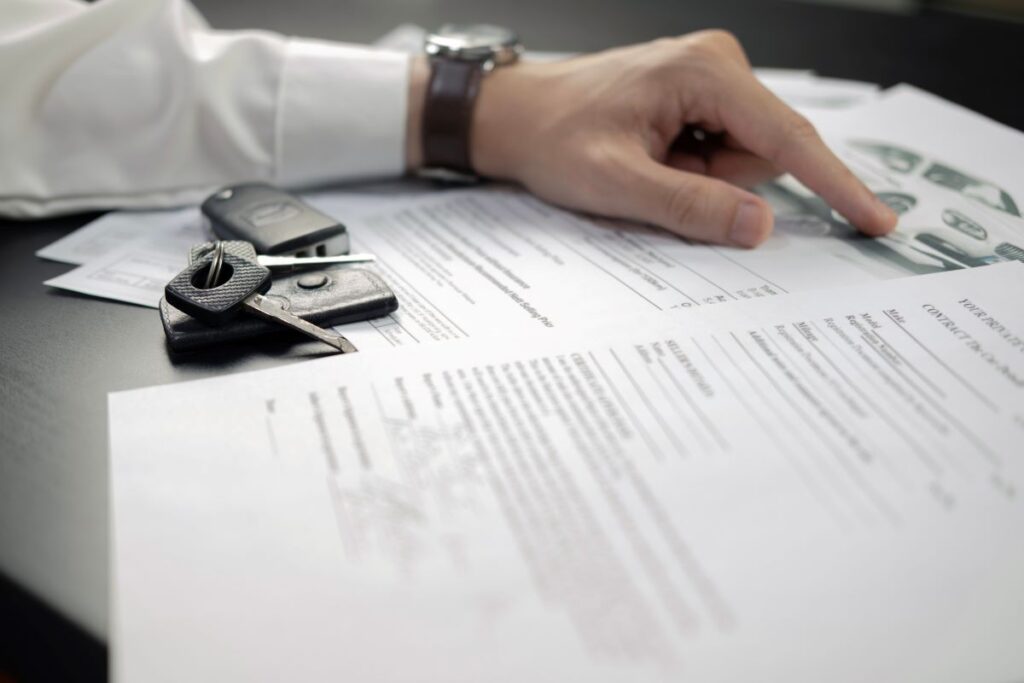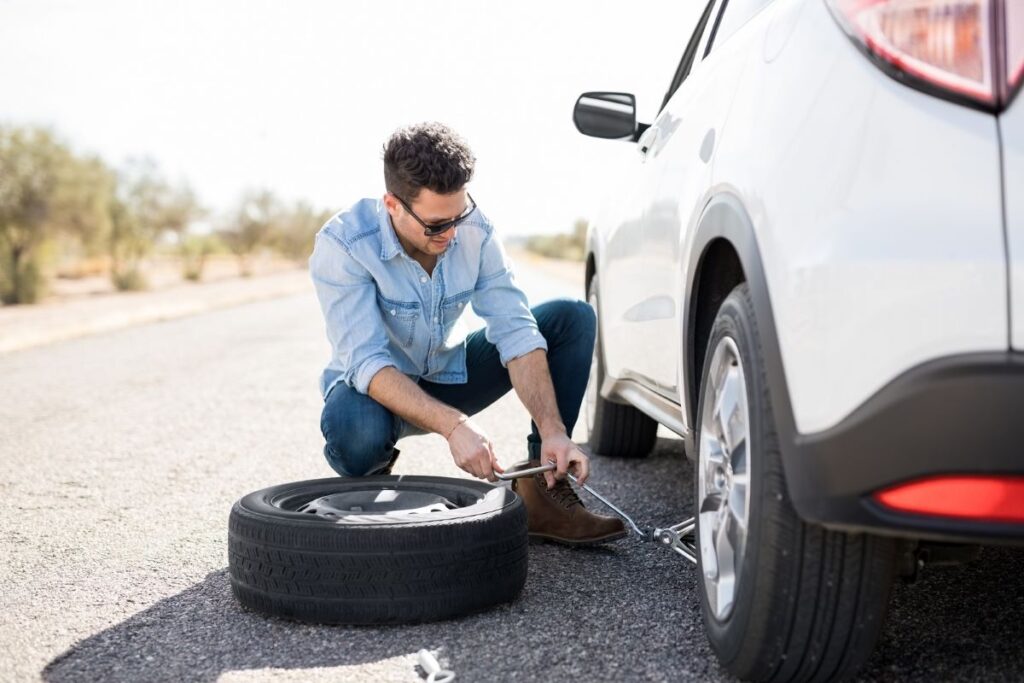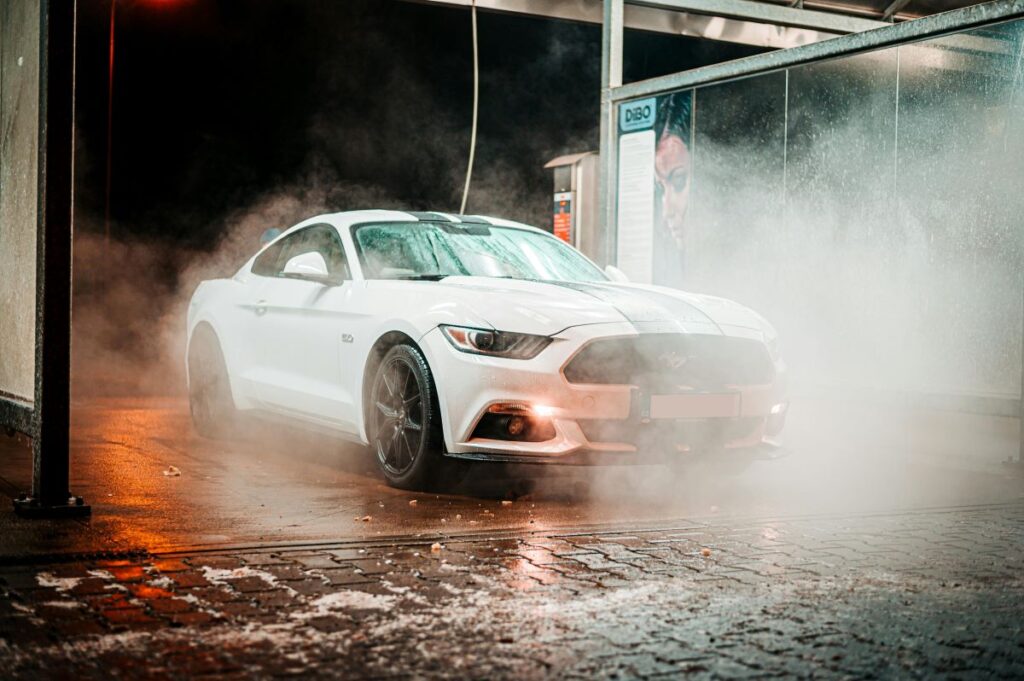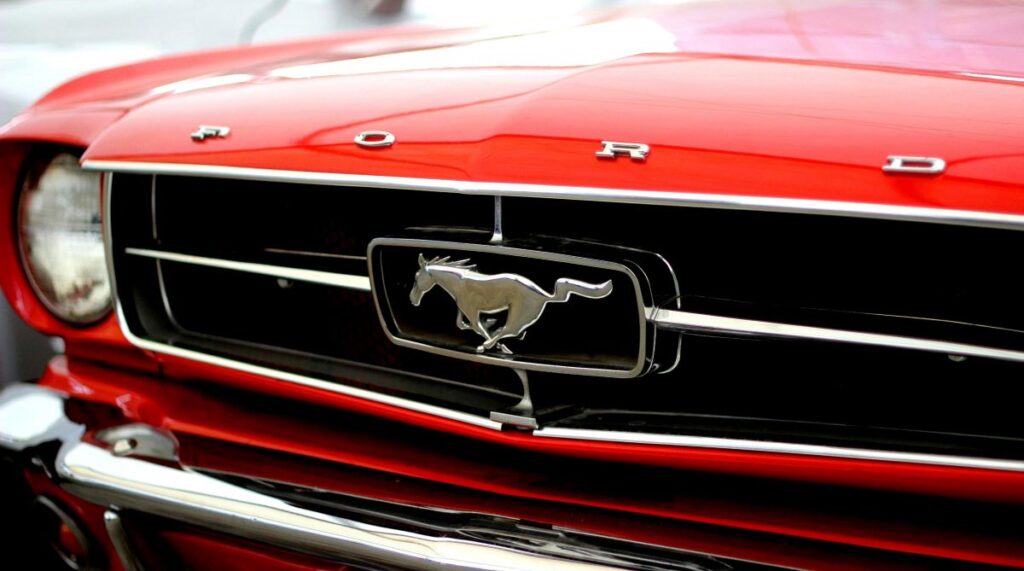Keeping your car spotless is about more than just pride; it’s about protecting your ride. But could you be unknowingly scrubbing in some bad habits? Here are 18 mistakes that might be dulling your car’s sparkle and how to steer clear of them.
1. Washing in Direct Sunlight
Washing your car under the blazing sun can cause soap and water to dry too fast, leading to stubborn spots and streaks. Aim for a cool, shady spot or wash during the cooler parts of the day.
2. Using Dish Soap as Car Wash
Dish soap is great for dishes but too harsh for your car’s finish. It strips away the protective wax coating. Always use a soap specifically designed for cars to keep the paint safe and shiny.
3. Neglecting the Wheels and Tires
Wheels and tires are grime magnets due to brake dust and road dirt. Clean them first with a product meant for your wheel type to avoid spreading that grime onto the car’s body.
4. Using the Same Rag for the Entire Car
Using one rag drags dirt and grit across different surfaces, risking scratches. Use separate microfiber cloths for the body, wheels, and windows to protect your paint.
5. Not Rinsing Before Washing
Jumping straight into scrubbing without a thorough rinse pushes dirt around, scratching the surface. Always rinse off loose dirt and debris before you start washing.
6. Ignoring the Undercarriage
The undercarriage catches all sorts of road nasties, especially in snowy areas where salt is used. Give it a rinse to prevent rust and buildup.
7. Scrubbing in Circles
Circular motions can create swirl marks on your paint. Wash in straight, overlapping lines for a smoother finish.
8. Letting the Soap Sit Too Long
Letting soap dry on your car can leave residue and marks. Work in sections and rinse off the soap before moving on to the next area.
9. Forgetting to Dry
Leaving your car to air dry can lead to water spots from minerals in the water. Use a clean microfiber towel or a squeegee to dry your car after washing.
10. Using Paper Towels on Paint
Paper towels can be abrasive. Stick to soft microfiber towels for drying and polishing to avoid fine scratches.
11. Overlooking Door Jambs and Trunk Lids
Dirt hides in these areas but is often overlooked. Wipe them down regularly to keep every part of your car looking fresh.
12. Improper Use of Wax or Polish
Wax and polish protect and shine, but using them wrong can do more harm than good. Follow the product instructions and don’t overapply to avoid buildup and streaks.
13. Cleaning Windows with Harsh Chemicals
Household glass cleaners often contain ammonia, which can damage car window tints. Use automotive glass cleaner for a streak-free, safe clean.
14. Mixing Up Cleaners for Different Surfaces
Interior surfaces like leather, vinyl, and fabric each need their own cleaner. Using the wrong one can cause damage or stains.
15. Skipping Protectant on Interior Surfaces
UV rays can fade and crack your dashboard and seats. Use a UV protectant to keep your interior looking new.
16. Using a Dirty Bucket
Reusing dirty water spreads grime and can scratch your paint. Use the two-bucket method—one for clean, soapy water and one to rinse your rag or sponge.
17. Applying Tire Shine Incorrectly
Tire shine gives a fresh look but slathering it on can attract dirt and cause overspray on the paint. Apply it carefully and wipe off any excess.
18. Forgetting to Change Cleaning Supplies
Old, dirty sponges and cloths can scratch. Replace your cleaning supplies regularly to ensure they’re doing their job without damaging your car.
Sparkling Clean
By avoiding these common pitfalls, you’ll keep your car looking its best and protect its value. Happy cleaning, and here’s to many shiny days ahead on the road!
Featured Image Credit: Pexels / Tima Miroshnichenko.
The content of this article is for informational purposes only and does not constitute or replace professional advice.
The images used are for illustrative purposes only and may not represent the actual people or places mentioned in the article.
For transparency, this content was partly developed with AI assistance and carefully curated by an experienced editor to be informative and ensure accuracy.
